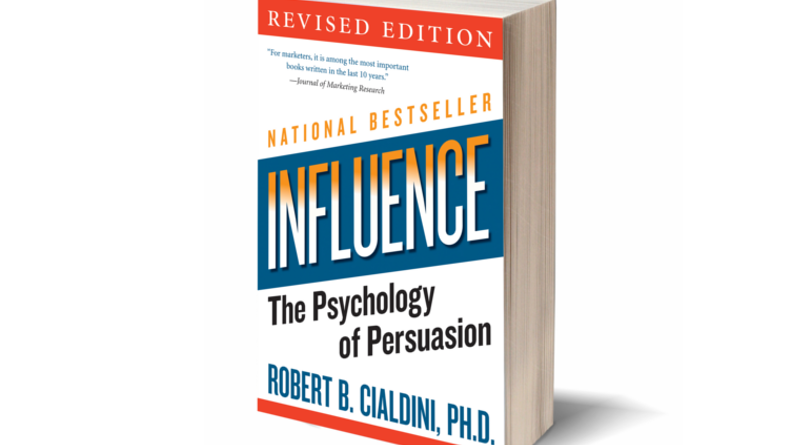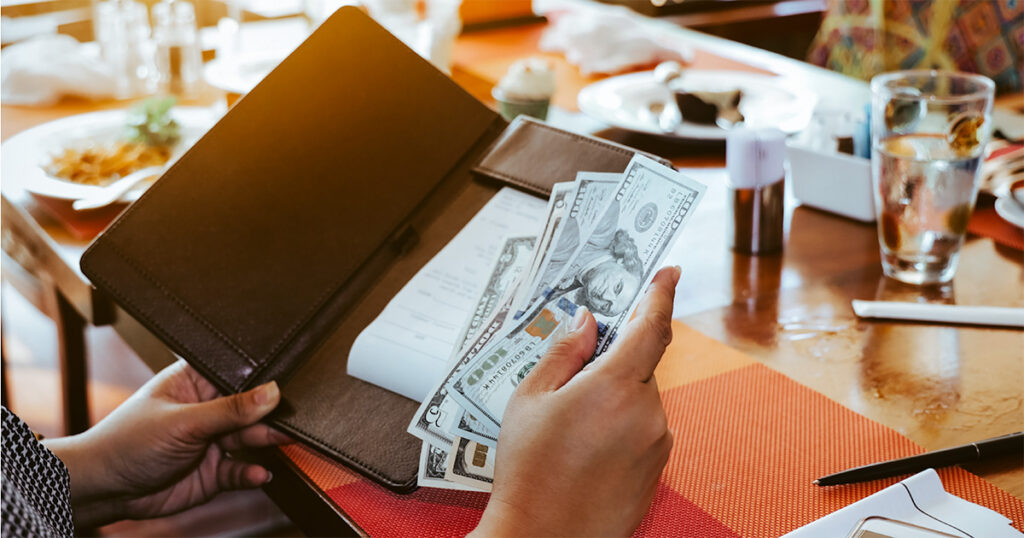Written by Hunter Satterfield, CWA Planner
The doorbell rang as I was reading on the couch on a lazy Saturday afternoon. When I opened the door, I found a player from the local high school football team dressed in his jersey. He handed me a free magnetic football schedule, then asked if I would be willing to purchase a coupon book to support the football program—according to him, all of my neighbors also purchased one. I handed over a $20 bill and wished him good luck for the season.
Only after closing the door did I open the coupon book and realize I didn’t shop or eat at any of the businesses listed in the book. I had just paid $20 for a football schedule.
 Over the years, we all look back on similar stories of purchasing decisions and realize we were duped in some way. These transactions might have occurred in car dealerships, flea markets, or even at our own front doors. Robert Cialdini’s classic book Influence: The Psychology of Persuasion puts science via social psychology behind the reasons we say yes in these situations.
Over the years, we all look back on similar stories of purchasing decisions and realize we were duped in some way. These transactions might have occurred in car dealerships, flea markets, or even at our own front doors. Robert Cialdini’s classic book Influence: The Psychology of Persuasion puts science via social psychology behind the reasons we say yes in these situations.
I have come to realize that most books, even those with excellent content, are way too long. The average 300 page book should be 150 pages and the average 150 page book should be a blog post. Cialdini avoids this as he quickly gets to the point presenting six “weapons of influence” that are used to get others to say yes. He then jumps straight into a chapter focused on each weapon – reciprocation, commitment and consistency, social proof, liking, authority and scarcity.
The book focuses on Cialdini’s experience as well as a litany of psychological studies performed by Cialdini’s team and other groups in the field. This is one of the strengths of the book—it reads quickly, moving from one study and story to the next to support the overall point of the “weapon” he is describing.
One example he highlights is the marvel that was the original Tupperware “home party,” which compares similarly to modern day sales parties that move jewelry, lotions and makeup.
Tupperware was an early adopter of home parties to sell the majority of its products and it was highly successful largely due to many of the weapons they implored. The host of the party would often give small door prizes to the guests with the hope that the guest would feel obligated to buy products in return (reciprocation). The guests would be invited by friends who had a previously positive experience with the product (social proof). And finally, the deals offered at the party were for a “limited time” (scarcity).
Cialdini does not stop solely with an explanation of each weapon. At the end of each chapter he dedicates a section to “how to say no” which is helpful in understanding how consumers can fight against the weapons of influence.
In his opinion, understanding how to resist this influence is particularly important given how the pace of culture has changed with technology. Consumers are making choices more frequently based on instinct and intuition, which are shortcuts to spending time on purchasing decisions. This leaves consumers susceptible to marketers who use these six influence methods to take advantage of their full wallets and limited time.
One thing I learned way too late in my life is the fact that everyone is in sales. It doesn’t matter if you are a doctor, attorney, teacher, or CPA – everyone has something to sell. Consider Cialdini’s book an excellent and accessible college course in how to get others to say “yes” to your product or service as well as a helpful warning for those trying to sell to you. As he says in the book – it is vitally important to understand the weapons of influence because if you do not, it makes you very vulnerable to anyone that does.














